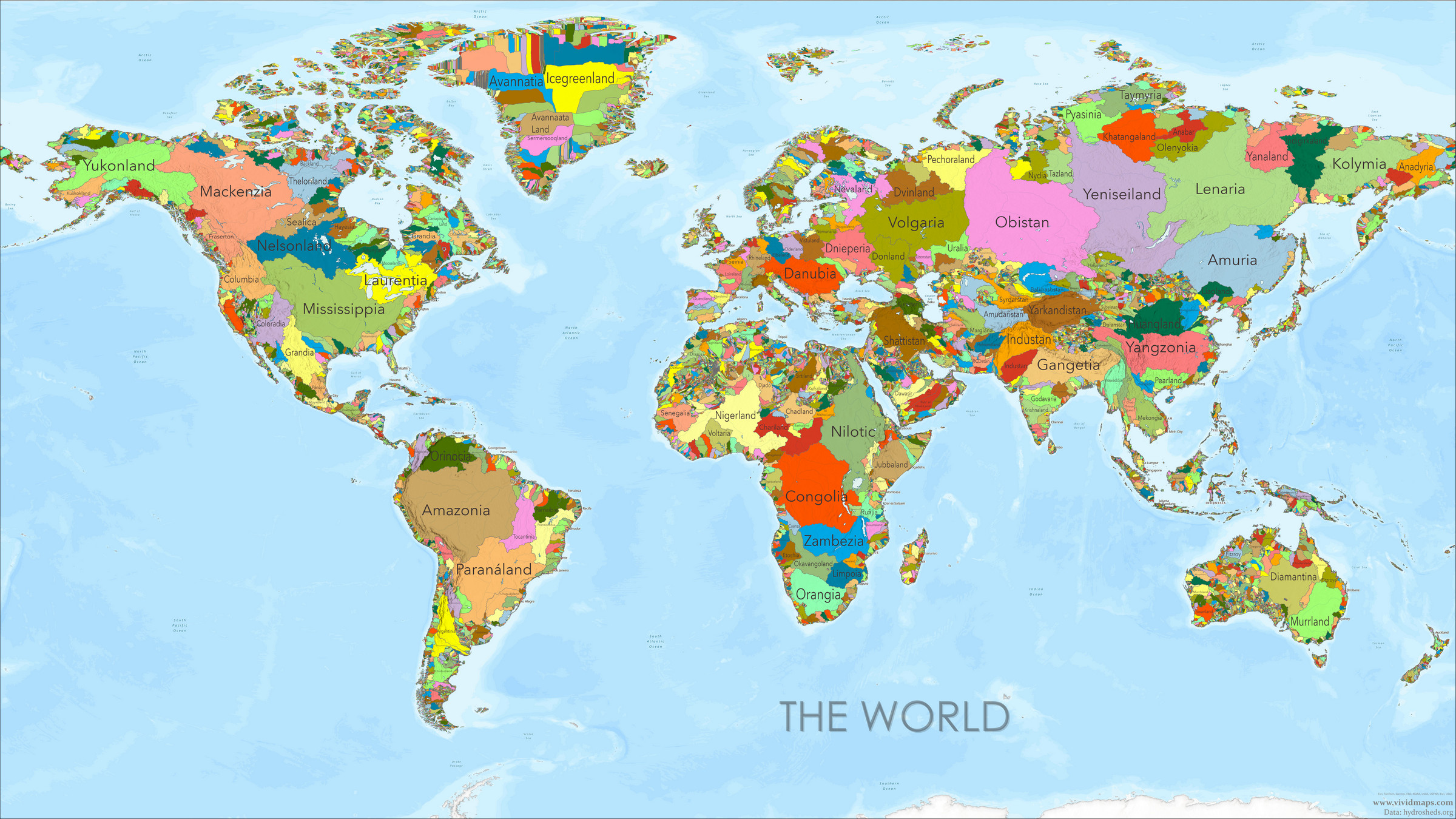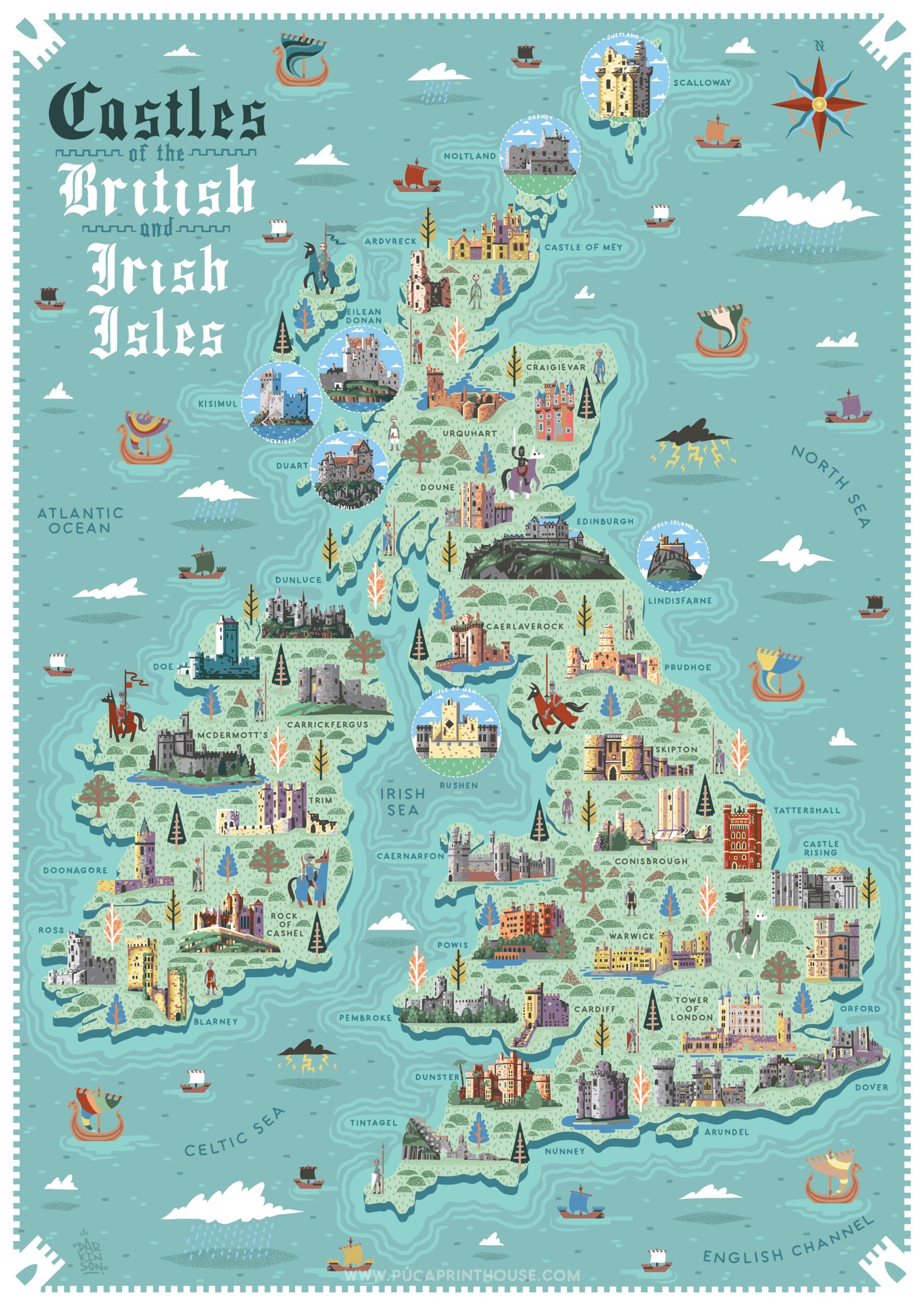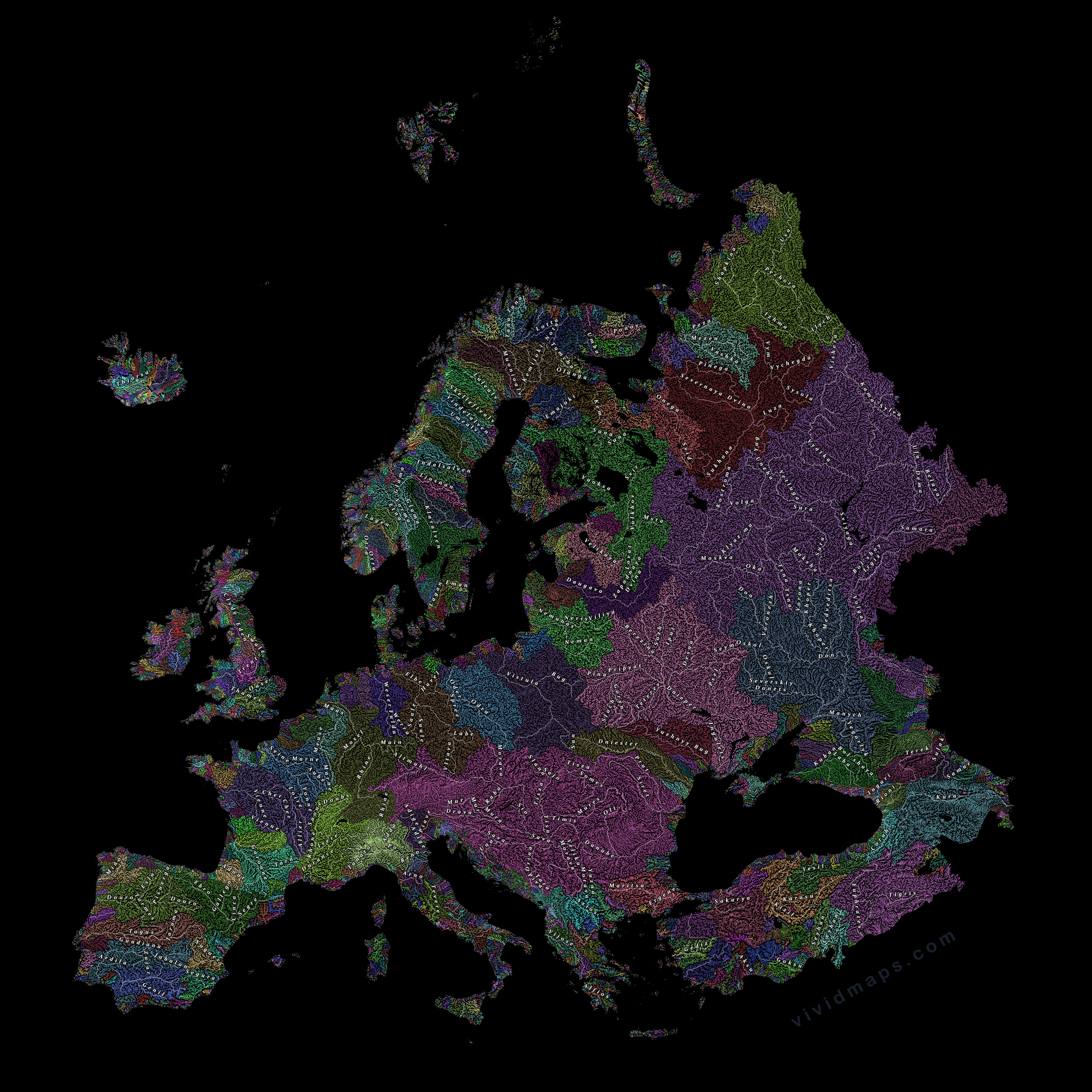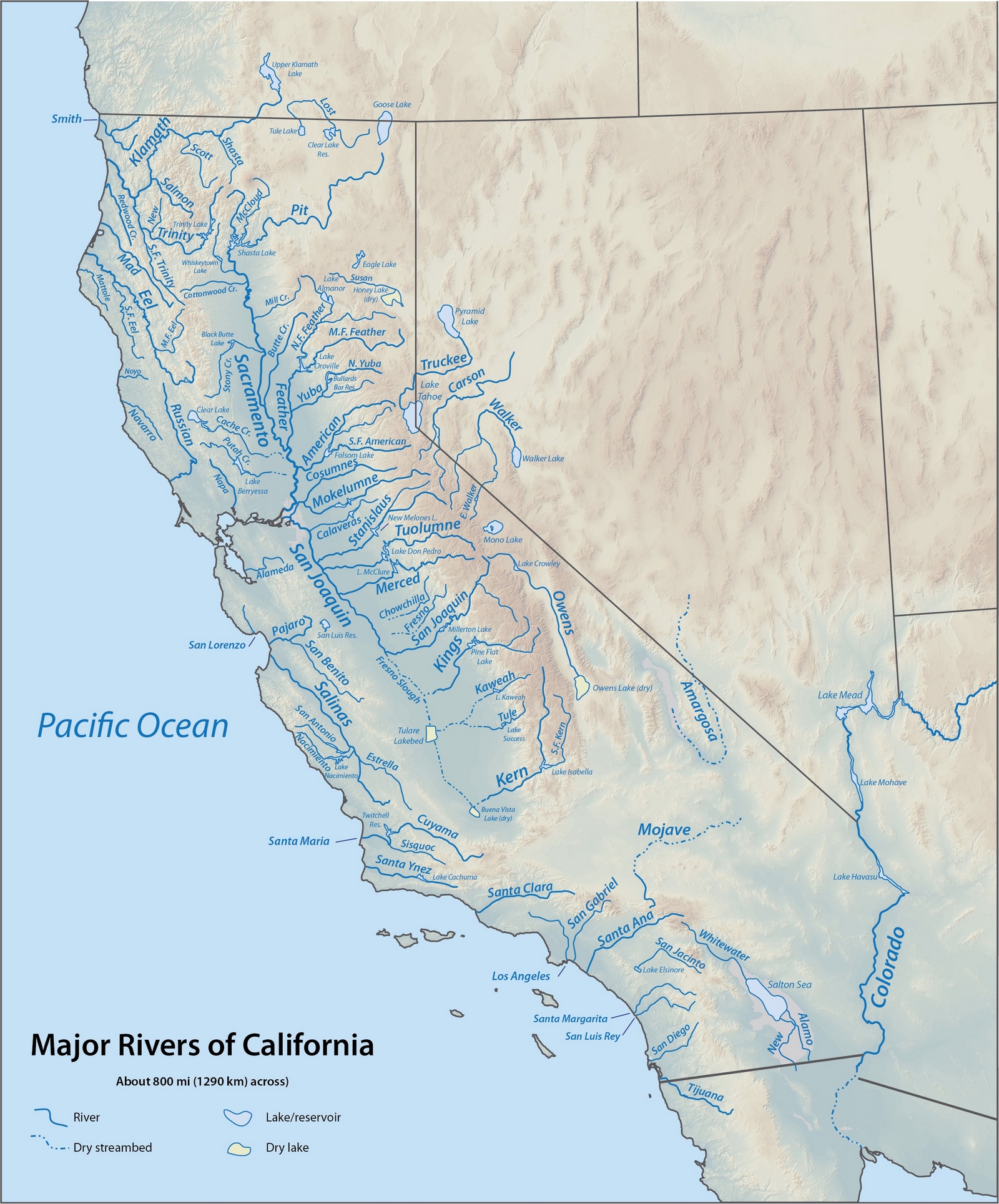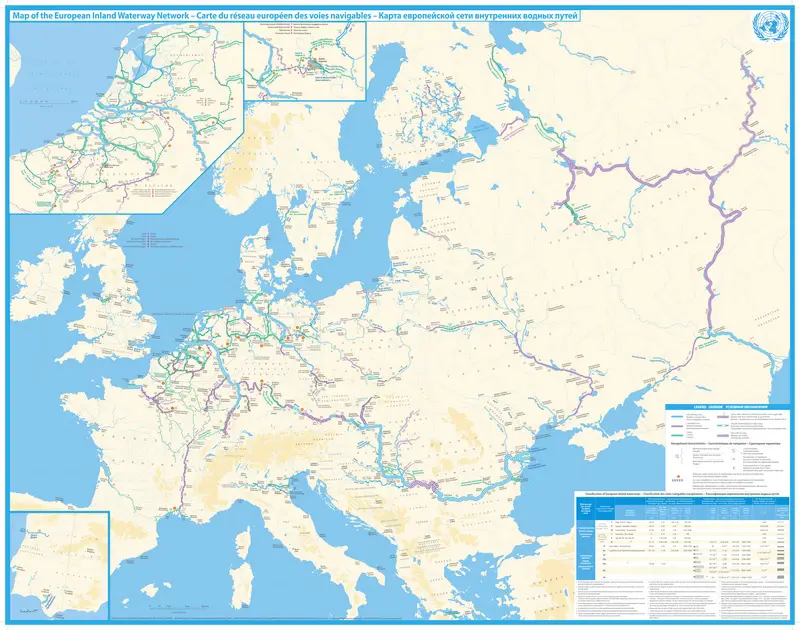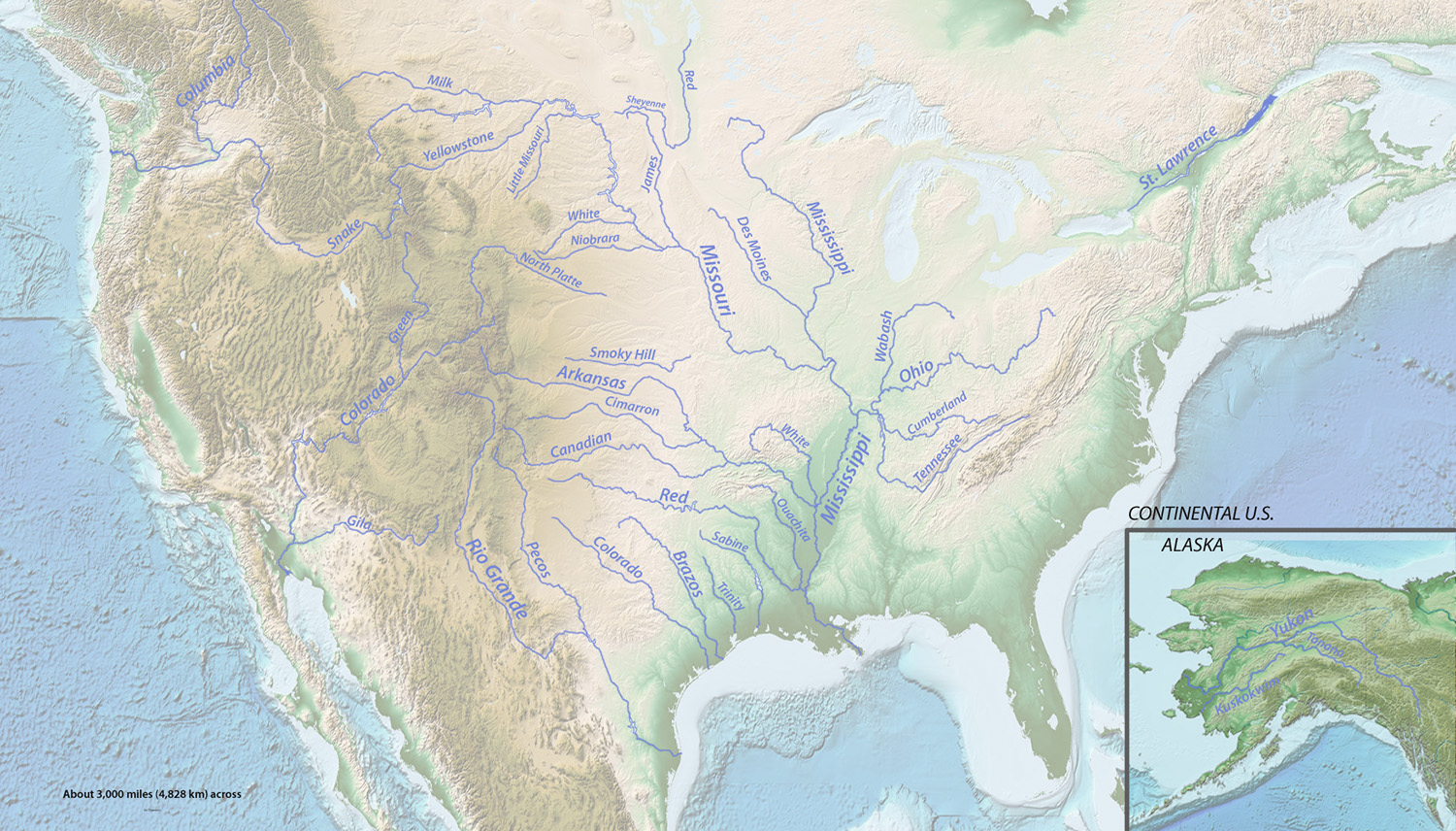Exploring the Rivers of the United Kingdom
When you think of the UK, you might picture rolling hills, ancient castles, or bustling cities. But have you ever stopped to consider the rivers that crisscross this island nation? These waterways have shaped Britain’s landscape and history for thousands of years. Let’s take a journey through some of the UK’s most fascinating rivers and discover what makes them so special.
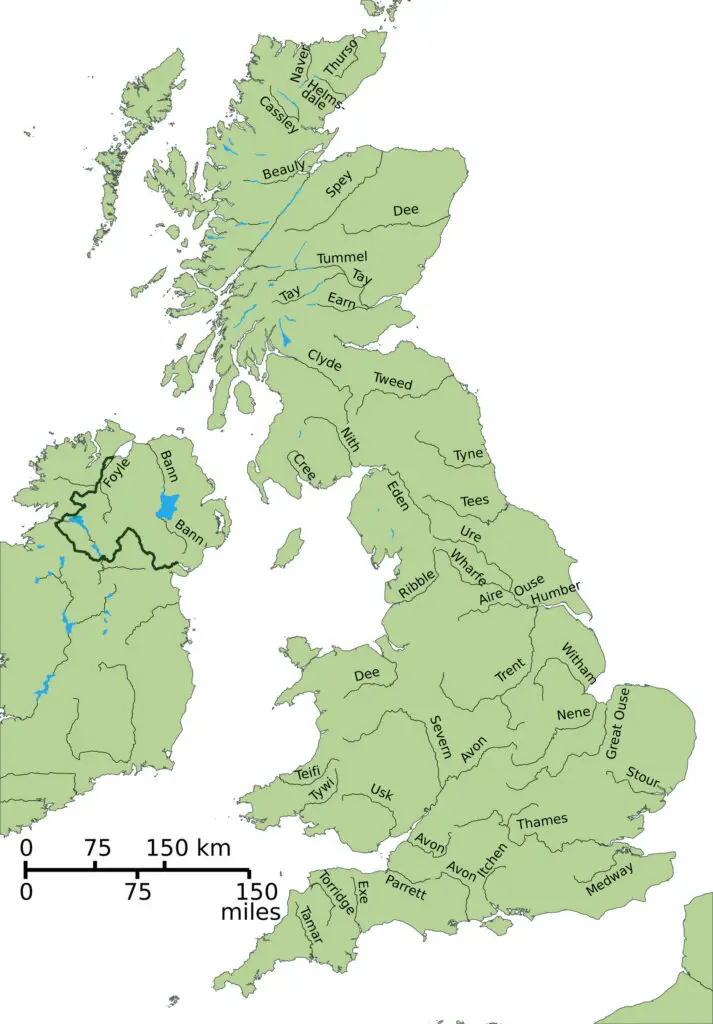
The UK’s River Network
Believe it or not, the UK is home to over 1,500 rivers! That’s a lot of water flowing across our green and pleasant land. But not all parts of the UK are created equal when it comes to rivers. Scotland, with its rugged highlands and frequent rain, has the densest river network. All that rainfall and hilly terrain make it the perfect place for rivers to form and flow.
Major Rivers of the UK
Let’s look at some of the heavy hitters in the UK river world:
| River Name | Length (km) | Basin Area (km²) | Average Flow (m³/s) |
| Severn | 354 | 11,420 | 107 |
| Thames | 346 | 12,935 | 65.8 |
| Trent | 297 | 10,452 | 84 |
| Great Ouse | 230 | 8,600 | 15.7 |
| Wye | 215 | 4,136 | 73 |
Famous Rivers and Their Stories
The Thames
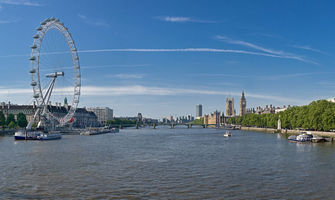
The Thames is far more than just a river – it’s the pulse of London. Winding through the heart of the city, it has been a silent witness to centuries of history, from Roman settlements and Viking invasions to the rise of British royalty and the bustling metropolis it is today. The river has shaped the fortunes of London, serving as a vital trade route and an inspiration for countless writers and artists. Whether it’s the iconic Tower Bridge or the serene parks along its banks, the Thames is deeply intertwined with the capital’s identity.
The Severn
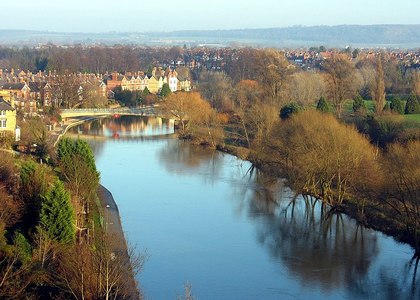
The River Severn, the UK’s longest river, begins its epic journey in the Welsh mountains, winding through picturesque countryside before meeting the sea at the Bristol Channel. What makes the Severn truly remarkable is its tidal bore – a rare natural phenomenon where a wave surges upstream against the river’s current. Adventurous surfers and kayakers flock to catch this wave, adding to the river’s fame. The Severn has also been a vital waterway for trade and travel, shaping the history of the regions it flows through.
The River Clyde
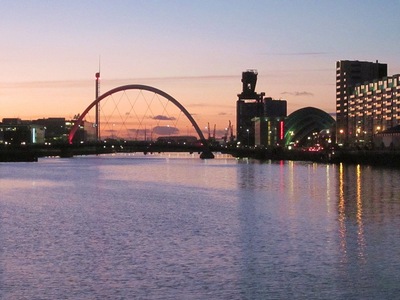
Flowing through Scotland’s industrial heartland, the River Clyde has played a crucial role in Glasgow’s development, especially during the golden age of shipbuilding. For centuries, the Clyde was home to one of the world’s most renowned shipbuilding industries, producing vessels that sailed the globe. This river not only powered Glasgow’s rise to prominence but also became a symbol of Scottish ingenuity and craftsmanship. Today, while shipyards have faded, the Clyde is a centerpiece of Glasgow’s vibrant cultural and architectural landscape.
The Tyne
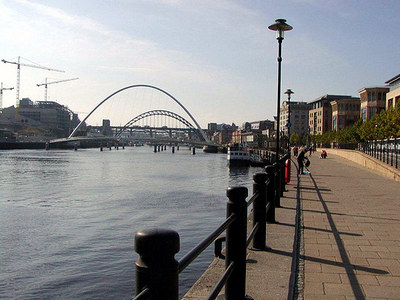
The River Tyne, weaving through northeast England, has long been the lifeblood of Newcastle. Famous for its striking collection of bridges, like the Tyne Bridge and the Gateshead Millennium Bridge, it symbolizes the city’s industrious spirit. During the Industrial Revolution, the Tyne was essential in transporting coal from the region’s rich mines to the coast, fueling Britain’s rise as a global power. Its legacy lives on in the region’s culture, architecture, and the continued vitality of Newcastle.
The Liffey
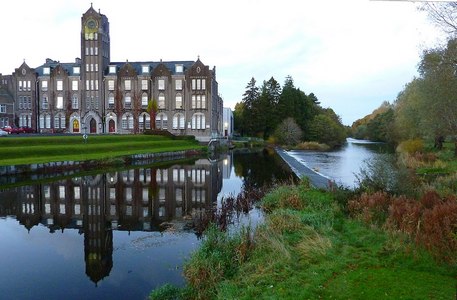
Though it may not be the longest, the River Liffey is the very soul of Dublin. Splitting the city into its north and south sides, the Liffey has long been a dividing line but also a unifying symbol for the people of Ireland’s capital. Immortalized in the works of James Joyce, the Liffey flows through Dublin’s cultural and historical heart. Its quays and bridges are steeped in history, from Viking invasions to the fight for Irish independence, making it a river with stories to tell at every turn.
The Origins of River Names
UK river names are like a history lesson in themselves. They give us clues about the people who lived here long ago:
- Celtic names: Many rivers have names that go way back to Celtic times, before the Romans showed up. Take the Avon – it just means “river” in old Celtic languages.
- Anglo-Saxon influence: When the Anglo-Saxons arrived, they named some rivers too. The Thames might come from an old English word “Tamese”.
- Norse names: The Vikings left their mark as well. The River Esk gets its name from an old Norse word for “water”.
- Descriptive names: Some rivers are named for how they look or behave. The Blackwater, for instance, probably got its name from its dark appearance.
Fascinating River Facts
- The River Tees in northern England has a waterfall called High Force. It’s one of England’s largest, with water dropping 21 meters!
- The River Foyle plays a unique role in UK geography, forming part of the border between Northern Ireland and the Republic of Ireland. It’s like a liquid boundary line!
- The River Mersey, famous for flowing through Liverpool, has quite a comeback story. It used to be one of Europe’s most polluted rivers, but thanks to major cleanup efforts, it’s now much cleaner and even supports salmon.
- The River Fleet in London is known as a “lost river.” It now flows entirely underground beneath the streets of the capital. Imagine a secret river right under your feet!
- For the literature fans, the River Ouse in East Sussex has a sad claim to fame. It’s where the famous writer Virginia Woolf ended her life in 1941.
Challenges Facing UK Rivers
As beautiful and important as our rivers are, they’re facing some tough times. Pollution continues to be a problem, despite improvements over the years. Many rivers still struggle with runoff from farms, discharge from factories, and even pollution from our own homes. Climate change is another big issue, leading to more frequent floods and droughts that stress river ecosystems. In some areas, especially southeast England, we’re taking too much water from rivers for human use. As cities grow and farming expands, we’re losing the natural habitats along our riverbanks. And some non-native plants and animals are causing havoc in our rivers, disrupting the natural balance.
But it’s not all doom and gloom! There are lots of projects underway to help our rivers. From restoring natural habitats to reducing pollution, people are working hard to keep our rivers healthy. Conservation groups, government agencies, and local communities are all pitching in to ensure that our rivers continue to flow clean and strong for generations to come.
Whether you’re a nature lover, a history buff, or just someone who enjoys a good riverside walk, the UK’s rivers have something for everyone. Next time you’re near a river, take a moment to appreciate its beauty and importance. After all, these waters have been flowing through our land and our history for thousands of years.
Want to explore the UK’s rivers for yourself? Check out these great maps available on Amazon:
- Collins Britain Road Map
- Philip’s Navigator Britain Road Atlas
- Rick Steves Britain & Ireland Planning Map
These maps don’t just show roads – they’re great for spotting rivers and other geographical features too. Happy exploring!

